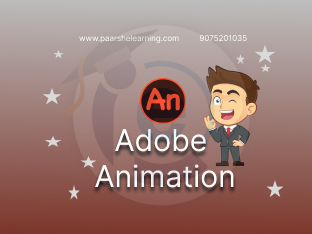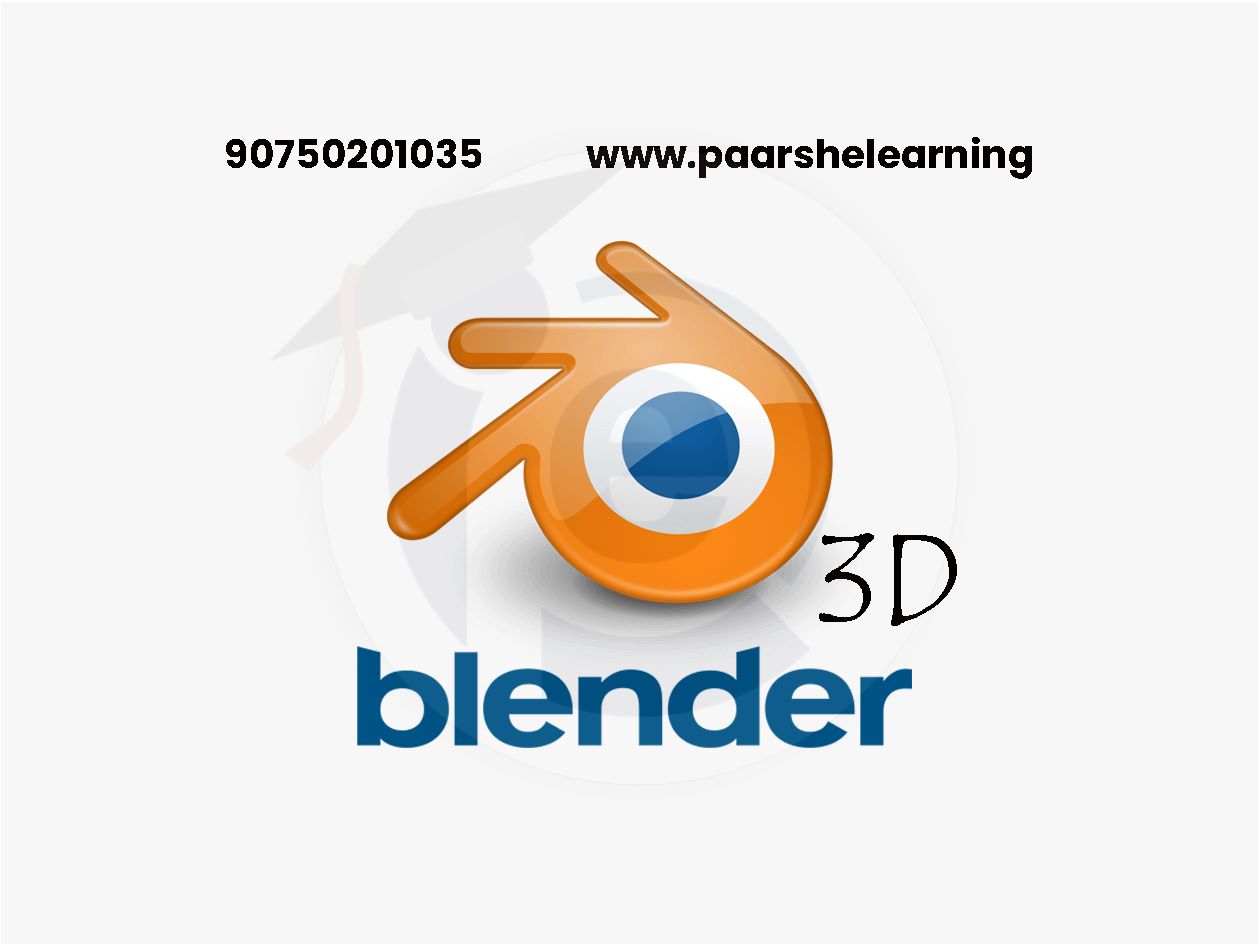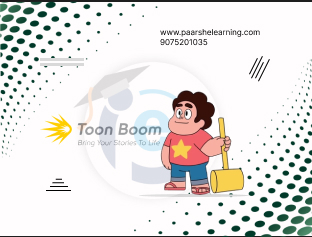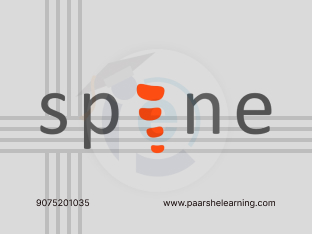- Cartoon Background Creative
- Adobe Animate
- Camera usage in Software
- 2D Cartoon Animation
Adobe Animate
Course description
Adobe Animate is a powerful software application used for creating interactive animations and multimedia content. Formerly known as Adobe Flash, Adobe Animate allows users to design and develop animations, games, web content, and other interactive experiences. Here are some key features and capabilities of Adobe Animate:
-
Vector-based Animation: Adobe Animate utilizes vector graphics, which allows for scalable and resolution-independent artwork. This means that your animations can be displayed in different sizes without losing quality. Vector-based animation also enables smooth motion and smaller file sizes compared to raster-based animations.
-
Timeline and Keyframing: Adobe Animate includes a timeline that allows you to create and manage your animations. You can set keyframes to define the starting and ending points of animation sequences, and the software will automatically generate the in-between frames. This keyframing system enables precise control over motion, timing, and easing curves.
-
Drawing and Design Tools: Adobe Animate provides a range of drawing and design tools to create artwork for your animations. You can use the Pen tool, Shape tools, and Brush tools to create and edit vector-based shapes and lines. The software also supports bitmap-based artwork, allowing more flexibility in creating textures and detailed graphics.
-
Motion Editor: The Motion Editor in Adobe Animate offers advanced control over animation properties. It allows you to adjust motion paths, apply easing functions, manipulate transformations, and fine-tune animation parameters. With the Motion Editor, you can create complex and dynamic motion effects for your animations.
-
Interactivity and ActionScript: Adobe Animate enables interactive content creation using ActionScript, a programming language similar to JavaScript. You can add interactivity to your animations by defining triggers, events, and actions. This allows for user interaction, such as button clicks, rollovers, and animations triggered by user input.
-
Publishing and Exporting: Adobe Animate supports various publishing options for various platforms. You can export your animations as video files, animated GIFs, HTML5 canvas, WebGL, or as standalone applications. The software provides options to optimize file sizes, control frame rates, and ensure compatibility with different devices and browsers.
-
Integration with other Adobe Creative Cloud Apps: Adobe Animate seamlessly integrates with other Adobe Creative Cloud applications such as Photoshop and Illustrator. You can import assets from these applications, maintain layer structures, and make changes to the original artwork directly within Adobe Animate. This integration streamlines the workflow and allows for efficient collaboration across different software.
Adobe Animate is widely used in web design, game development, e-learning, and interactive media industries. It offers a comprehensive set of tools and features for creating visually rich and engaging animations, interactive content, and multimedia experiences.
What you will learn from this course?
This course includes!
- Daily Live session
- A recorded session with problem-solving material
- Access on Mobile and TV
- Certificate of completion
- Recommendation Letter
This course is for
- Students
- 2D Animator
- Cartoon Artist
- All interested candidate who wants to build their career in animation
Prerequisites for this course
- Computer or Laptop
- Adobe Animate
Adobe Animate Syllabus:
-
Getting Acquainted
Starting Adobe Animate and opening a file Understanding document types and creating a new document Getting to know the workspace Working with the Library panel Understanding the Timeline panel Organizing layers in a timeline Using the Properties panel Using the Tools panel Adding layer effects Undoing steps in Animate Previewing and exporting your movie Modifying the content and Stage Saving your movie
-
Creating Graphics And Text
Getting started Understanding strokes and fills Creating shapes Making selections Editing shapes Using variable-width strokes Organizing your drawing Creating curves Using brushes Using gradient fills Using transparency to create depth About symbols Creating symbols Managing symbol instances Applying filters for special effects Creating and editing text Aligning and distributing objects Sharing your final project Collaborating with the Assets panel
-
Animating Symbols With Motion Tweens
Getting started About animation Understanding the project file Animating position Changing the pacing and timing Animating transparency Animating filters Animating transformations Editing multiple frames Changing the path of the motion Swapping tween targets Creating nested animations Easing Frame-by-frame animation Animating 3D motion Exporting your final movie
-
Advanced Motion Tweening
Getting started About the Motion Editor Understanding the project file Adding motion tweens editing property curves Viewing options for the Motion Editor Copying and pasting curves Adding complex eases
-
Layer Parenting And Classic Tweens
Getting started Layer parenting using classic tweens Graphic symbols for lip-syncing dialogue
-
Puppet Warping
Getting started what is puppet warping? Using the Asset Warp tool editing your rig animating your rig Rigs with branching joints Warp options Propagating rig edits Single joints
-
Inverse Kinematic With Bones
Getting started Character animation with inverse kinematics Creating the pedaling cycle Disabling and constraining joints Adding poses Inverse kinematic with shapes Simulating physics with springiness Tweening automatic rotations Rig mapping
-
Animating The Camera
Animating camera moves Getting started using the camera attaching layers to the camera for fixed graphics exploring your final movie
-
Animating Shapes And Using Masks
Getting started Animating shapes Understanding the project file Creating a shape tween Changing the pace Adding more shape tweens Creating a looping animation Using shape hints Previewing animations with onion skinning Animating color Creating and using masks Animating the mask and masked layers Easing a shape tween
-
Creating Interactive Navigation
Getting started About interactive movies ActionScript and JavaScript Creating buttons Preparing the timeline Creating destination keyframes Navigating the Actions panel Adding JavaScript interactivity with the Actions panel wizard Creating the "Shop now" button Playing animation at the destination Animated buttons Next steps





